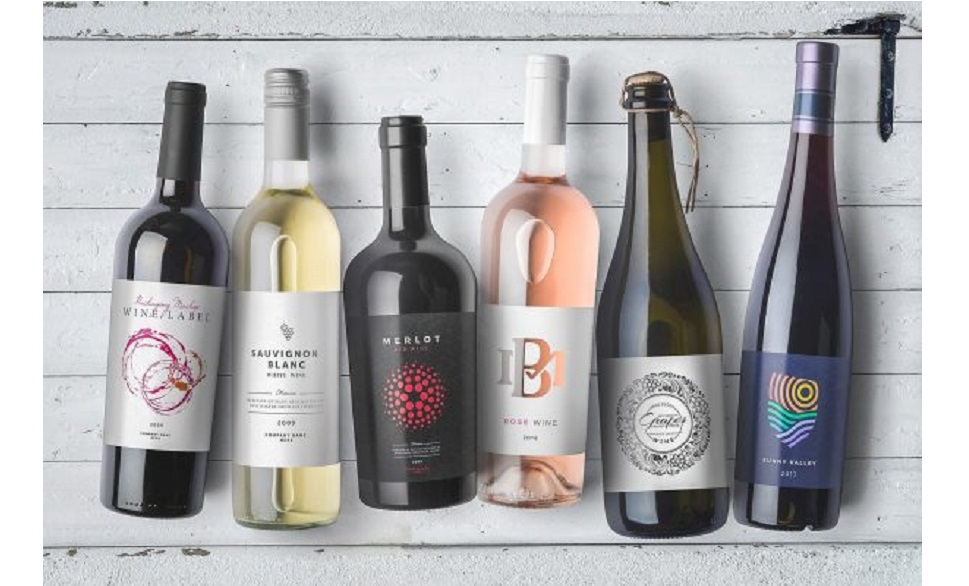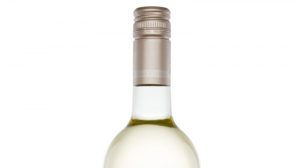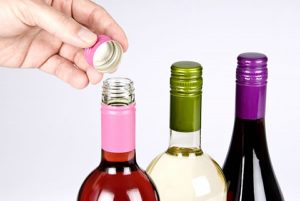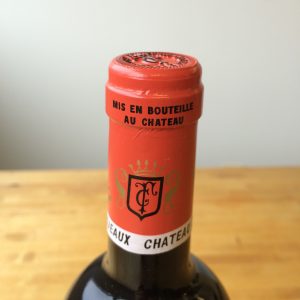When customers are shopping for a wine, it is the first impression for packaging. So, it is very important for a winemaker to create an unforgettable first impression to know the wine bottle sizes, wine bottle shapes and wine bottle colors and wine bottle closures to make the deep inside refined wine bottles. This article may help you to navigate through with easy understanding.
Wine Bottle Sizes
Wine bottles comes in many sizes, but we want to simplify that and give you the most common bottle capacities that are widely used in the North American wine market today. European wine bottle sizes and capacities differ from United States standards and there is a proposal to remove the regulations on wine bottle sizes in United States so bottle manufacturers can make bottles that can be used by Europe and North America.
Most Common Wine Bottle Sizes
Split or Piccolo – Capacity 187.5 ml (6.3 oz)
Demi or Half – Capacity 375 ml (12.7 oz)
Standard – Capacity 750 ml (25.5 oz)
Magnum – Capacity 1.5 L (50.7 oz)
Larger Sizes – Capacity 3L, 4.5L, 6L, 9L, 12L, 15L, 18L+
Piccolo or Split
Capacity: 6.3 oz (187.5 ml)
Commonly used for single servings. Ideal for champagne and sweet wine servings.
Standard
Capacity: 25.5 oz (750 ml)
Most commonly used size for all types of wine.
Demi or Half
Capacity: 12.7 oz (375 ml)
Half of the standard capacity wine bottle.
Magnum
Capacity: 50.7 oz (1.5 L)
Double the capacity of standard wine bottle.
Wine Bottle Colors
Wine bottles comes in various colors, but the most common colors tend to be dark green and amber. Traditionally, dark green wine bottles are used for red wines, while amber wine bottles are usually for sweet white wines. Light green wine bottles are typically for dry white wine. Traditionally, Champagne uses dark to medium green bottles, which serves as protection from damaging elements. On the other hand, Rose Champagne are green or colorless. The lighter colored or colorless bottles are meant for immediate use.
Flint, Super Flint
It tends to be that most white and rosé wines nowadays are bottled in clear glass. There seems to be a good reason for this: both of these wine styles are prized for their clarity and gentle range of colors, and by looking at the various hues of the wine in the bottle, you can make an educated guess as to the character you’ll find in the glass.
Amber
For many red wines that need longer to age, consider a darker colored bottle such as antique green or amber. These bottles provide more UV protection than clear bottles, helping to preserve your product as it ages and prevent it from oxidizing or fading.
Champagne Green, Antique Green, Dead Leaf Green
The green glass helps protect from natural sunlight that can break down desirable antioxidants such as vitamin c and tannins in a wine over time, which impacts storability and can cause a wine to prematurely oxidize. Dark glass can prevent oxidation and increase storage life. All the red wines that need longer to age, needs to be stored in a darker colored bottle such as antique green or amber.
Wine Bottle Closures
The type of closure that your bottle requires is as important as the more aesthetic choices in color and shape. There are a variety of closures to choose from-each with its own unique benefit and tailored to your specific neck finish.
Standard Wine Bottle Cork Closure
Anyone who has ever purchased a bottle of wine is familiar with the standard cork. If you choose a standard cork closure for your wine bottle, make sure that the bottle you have selected has a cork finish; these bottles are specifically designed to accept tapered corks. Once you have decided to go with a standard cork finished bottle, you will need to select your cork. Standard wine cork sizes are #7, #8, #9 and will depend upon the size of the neck finish on the bottle selected. Be careful to select a premium wine cork, most commonly made in Portugal, to properly preserve your wine as it ages.
Screw Top Caps
Wine bottles with a continuous thread (CT) finish will accommodate screw-top caps. These plastic caps allow the wine to be opened and resealed for use again in the future. Screw-top caps should be covered by shrink bands to alert the customer to a product that may have been tampered with or opened.
ROPE / ROPP Caps
Roll-On Pilfer Evident (ROPE) caps, also known as Roll-On Pilfer Proof (ROPP) or Stelvin Lux twist, are growing in popularity in the wine market today. ROPE Caps provide an easy way to seal your bottles. When unscrewed, the cap leaves behind a tamper-evident band alerting the customer that the packaging has been compromised. When the customer needs to store the remaining product, the cap can be screwed back onto the bottle. ROPE Caps are available in a variety of colors to suit your unique brand. ROPE Caps must be used with bottles that have a ROPE finish and applied with a ROPE capping machine. With the trend toward more ROPE caps, capping solutions are becoming easier. To support this growing trend, you can find a “Mobile Bottler,” who will travel to your winery to offer capping services.
Shrink Capsules
If you select a cork closure for your wine bottle, the final step in the process is selecting a shrink capsule to cover the cork and neck. wine capsules are heat shrink wraps that are placed over the neck of the corked bottle. Heat is applied with a heat gun to shrink the capsule to the neck of the bottle. The final touch will cover the cork and neck of the bottle – while providing customers with the ability to identify a bottle that has been compromised.
In conclusion
Wine glass bottle is a specific line among all beverage glass bottles. It has its own standard sign of appearance, size, shape, color and closure. To make a unique custom glass bottle, please source glass bottle manufacturers for detailed information.







